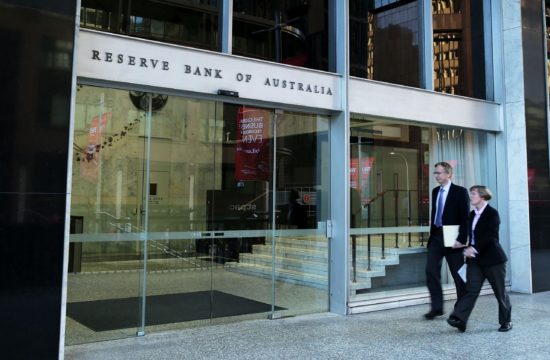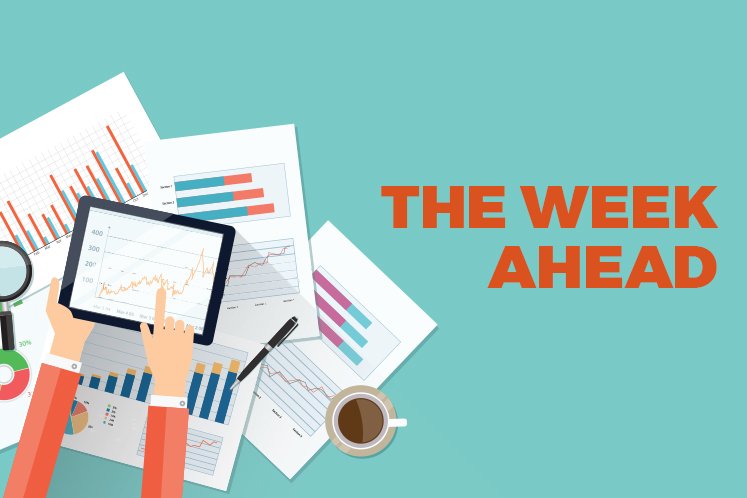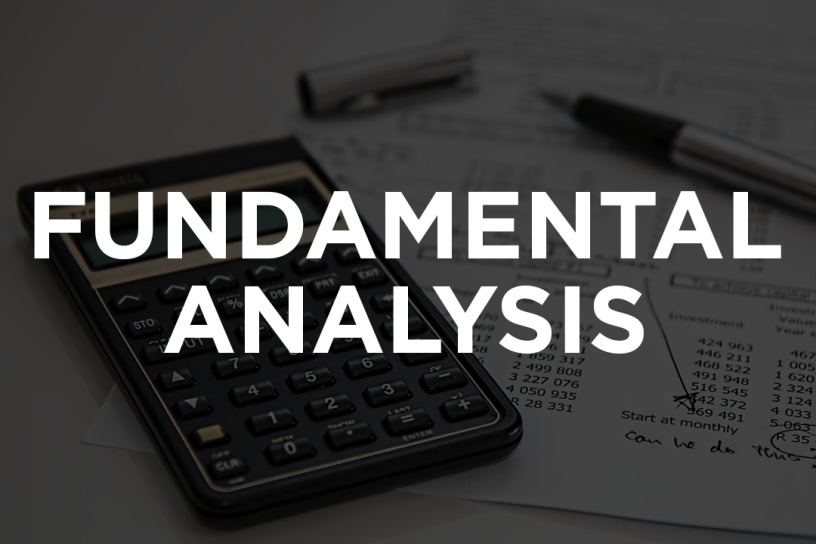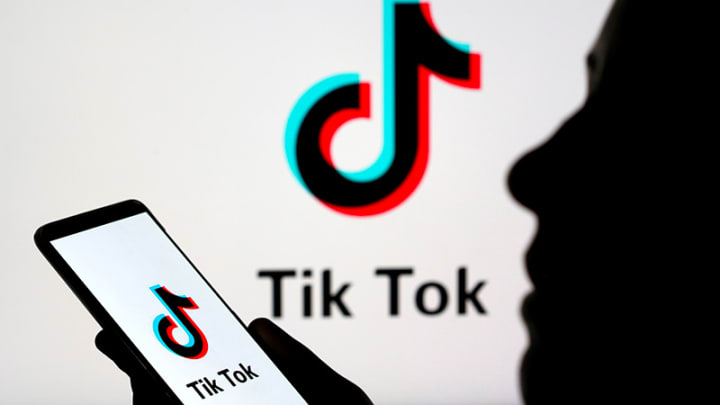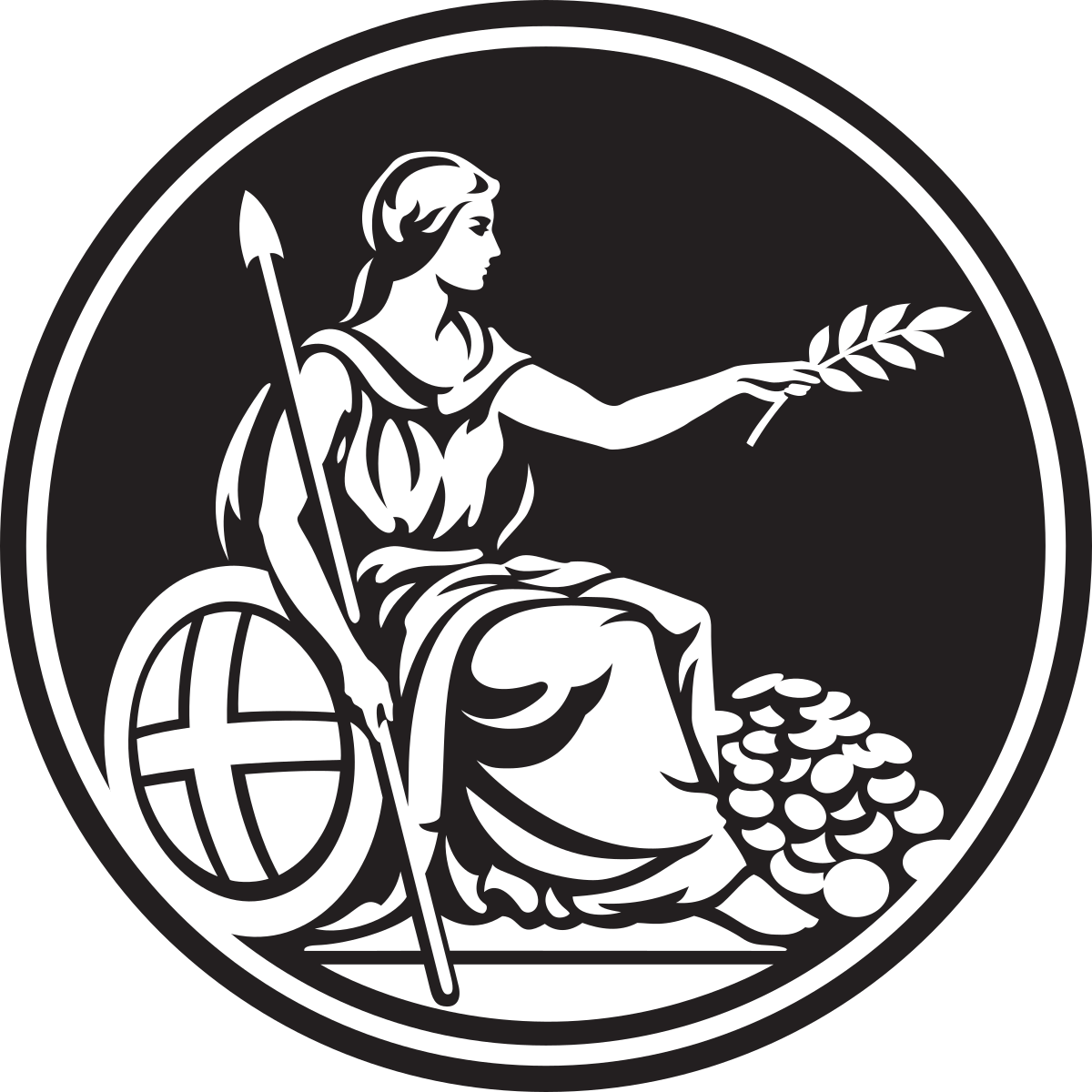1. Reporting of loans made under government coronavirus loan schemes on the Form PL
This statistical notice provides guidance to reporters about how interest receivable on loans made under the three government coronavirus loan guarantees should be reported.
At a high level, the reporting guidance for the Form PL can be summarized in two key points:
- The sectoral reporting of interest receivable should be consistent with the sectoral reporting on the equivalent balance sheet item. Since all three loan schemes guarantee loans primarily to PNFCs, this means that most of the interest receivable in relation to these schemes should be reported as interest receivable from PNFCs, even if the interest is in fact paid by the UK Government (which is the case in the first year for two of the schemes). All interest receivable under loans which are extended through the government guaranteed schemes to sole traders, limited liability partnerships, or non-profits should be reported under these sectors, not as interest receivable from central government.
- Any fees payable to the UK Government for participation in the schemes should be reported under fees & commissions payable (PL6).
For clarity, the following provides some basic information about the three loan schemes and how this guidance relates to each.
Coronavirus Large Business Interruption Loan Scheme (CLBILS)
The scheme helps medium and large sized businesses to access loans and other kinds of finance up to £200 million. The government guarantees 80% of the finance to the lender. More detail about how to apply for the coronavirus large business interruption loan scheme.
Reporting guidance:
- All interest receivable on these loans should be reported as interest receivable from PNFCs (that is, under PL1BJ).
- Fees paid to the government in order to become an ‘accredited lender’ should be reported under fees and commissions payable (PL6), not under tax or exceptional items.
Coronavirus Business Interruption Loan Scheme (CBILS)
The scheme helps small and medium-sized businesses to access loans and other kinds of finance up to £5 million. The government guarantees 80% of the finance to the lender and pays interest and any fees for the first 12 months. More detail about how to apply for the coronavirus business interruption loan scheme.
Reporting guidance:
- Although all interest which accrues in the first year of the loan scheme is paid by the government, this interest needs to be reported as interest receivable from the sector to which the loan is made.
- Most loans under this scheme will be extended to PNFCs, and thus all of the associated interest receivable should be reported as interest receivable from PNFCs (under PL1BJ). Where loans made under these schemes are extended to sole traders and limited liability partnerships, the interest receivable should be reported under PL1BKA, and where they are extended to non-profit institutions the interest should be reported under PL1BL.
- This is because the reporting of interest receivable needs to align with the reporting of the stocks. The stocks should be reported on balance sheet forms as loans to PNFCs (or to sole traders, limited liability partnerships, or non-profits) and not as loans to central government. Thus, the interest receivable must be reported against PNFCs (or sole traders, limited liability partnerships, or non-profits) even though it is actually received from the government.
- Again, any fees paid by lenders to the government in order to participate in this scheme should be reported under fees and commissions payable (PL6).
Bounce Back Loan Scheme (BBLS)
The scheme helps small and medium-sized businesses to borrow between £2,000 and up to 25% of their turnover. The maximum loan available is £50,000. The government guarantees 100% of the loan and pays any fees or interest for the first 12 months. After 12 months the interest rate is be 2.5% a year. More detail about how to apply for a coronavirus bounce back loan.
Reporting guidance:
- The guidance here matches the guidance for CBILS: although all interest which accrues in the first year of the loan scheme is paid by the government, this interest needs to be reported as interest receivable from PNFCs (under PL1BJ), sole traders and limited liability partnerships (under PL1BKA) or non-profits institutions (under PL1BL). This is because the reporting of interest receivable needs to align with the reporting of the stocks. The stocks should be reported on balance sheet forms as loans to PNFCs (or to sole traders, limited liability partnerships, or non-profits) and not as loans to central government. Thus, the interest receivable must be reported against PNFCs (or sole traders, limited liability partnerships, or non-profits) even though it is actually received from the government.


